Juneteenth and The Tulsa Race Massacre (historically incorrectly known as the Tulsa Race Riot) are just two historical events that have only recently come into wider societal consciousness as the understanding and acknowledgement of systemic racism grows with the white community.
The black community (and other marginalized communities of color) have been well aware of these events and others and the systemic racism that the United States was founded upon. As someone who loves history – the good and the bad – I find it shocking (but not surprising) and distressing that there is so much of American history that’s not taught, or taught from a particular perspective (read: Americans and particularly “White/European Americans throughout history are great and the savior of marginalized people and the world), allowing many, many Americans to not know their full history and the legacy of that history.
I’d like to add another event to your own personal collection of stories from American history that you probably haven’t heard of. I say this as someone who has worked really hard to expand my own knowledge about American history (and particularly black history) while on the road trip these past 6 years as we’ve traveled the country, and I knew nothing about this event until 2021 when my aunt gave me a copy of Wilmington’s Lie (our affiliate link) – a book that won the 2021 Pulitzer Prize.
You may have heard about it, especially if you’re from North Carolina, but I’m going to challenge you to review the story you’ve been told as I was able to find a very legitimate-looking website that was suggesting that anything other than the “official story” that’s been told since 1898 – that it was a race riot and the white community had to put down a black rebellion for their safety – is “revisionist” history, trying to make good white people look bad, and not the truth about what really happened. I will only be able to tell you the highlights lowlights of this event, but I strongly recommend you check out the resources provided throughout this post to read more about it and draw your own conclusions.
The 1898 Wilmington Coup – The only successful coup in US history
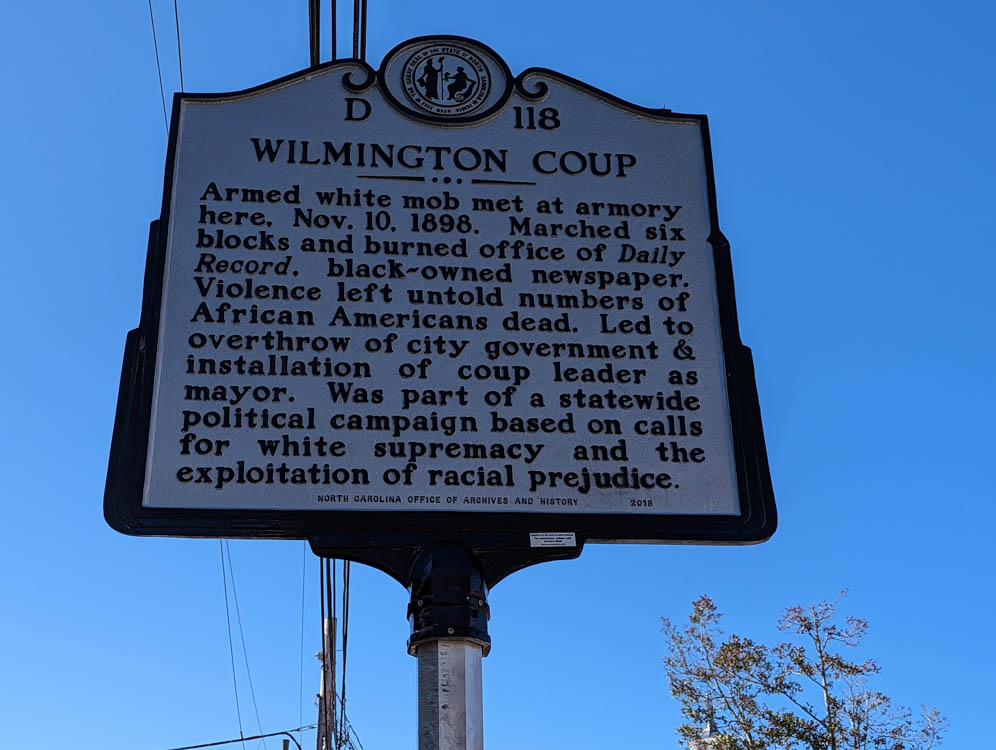
After the Civil War in the US when the United States and the Confederate States of America attempted to reconcile, our country went through a time called “Reconstruction.” This was supposed to be a process of righting wrongs, allowing formerly enslaved black people to come into their full rights as citizens and a way to reconstruct our country into one unified nation once again where we all sing kumbaya and all that jazz. This was a farce and only lasted about 12 years. Many places were resistant to any change and found ways to circumvent Reconstruction even during those years.
Even the 13th Amendment, which was supposed to enshrine freedom for all in our constitution, allowed a loophole that white supremacists systematically exploited right after the Civil War and throughout Reconstruction. It states that no one can be enslaved except for punishment for a crime. Well, when you’ve lost all of your free labor that your economic and social structures are built on, it becomes obvious what you need to do… make those people out to be criminals.
Here’s one simple example of how you do it: You have people who are looking for work after their enslavement ended sign one year contracts to live and work on your property. Then anyone who doesn’t want to sign one of your contracts and is still looking for work in the community is guilty of vagrancy. Make vagrancy a crime. Arrest those people who won’t sign labor contracts and put them in prison, ensuring they’re able to be used for involuntary service or enslavement legally because… 13th Amendment. We don’t have time to go into the higher rates of people of color in the prison system (or the big business of for-profit prisons), but the systemic racism in the prison pipeline today has its roots in this example and ultimately the wording of the 13th Amendment.
It’s during this time of Reconstruction that the Republican party began to see that working together with politically active black people would only benefit them, so “fusionist” governments and parties were formed that focused on having white and black men (mostly, I mean it’s still the late 1800s so women, especially black women, were still very marginalized in society) in positions of political power to create more inclusive communities. Southern Democrats were still the party of wealthy white men, property owners and former enslavers. They resisted the idea of having black men in positions of power over white people.
We have quite a few overseas readers, so just a note on the Republican and Democratic parties of the 1800s vs. today. Abraham Lincoln was a Republican and it was once a party that supported the idea of a social safety net provided by a larger government. The Democrats were the party of small government that focuses wealth on a small group of people as well as a focus on enslavement and white supremacy. These two parties continue with these foundational ideologies of small and big government from their foundation (1854/1828 respectively) until they switch platforms between the ~1900s-1930s.
So this is the environment across the south when we enter Wilmington, NC in 1897, when Rebecca Latimer Felton gives a speech in Georgia that the only way to protect white farmers’ wives and women from black men (who she viewed only as rapists) was to lynch them. She was a feminist at a time when it was rare for a woman to speak her mind – especially in the south. She told the white men present at her speech that they lacked the manhood needed to protect their women.
In Wilmington, NC there were two major newspapers (The Morning Star and The Messenger) that were printing white supremacist views, articles and editorials. The Morning Star prints “highlights” from Felton’s speech on August 12, 1898 – leaving off that she delivered her speech on August 11, 1897. A year before. This enflames already heightened racial tensions in Wilmington that have been mounting for years, but were becoming particularly pronounced as the election in November 1898 approached.
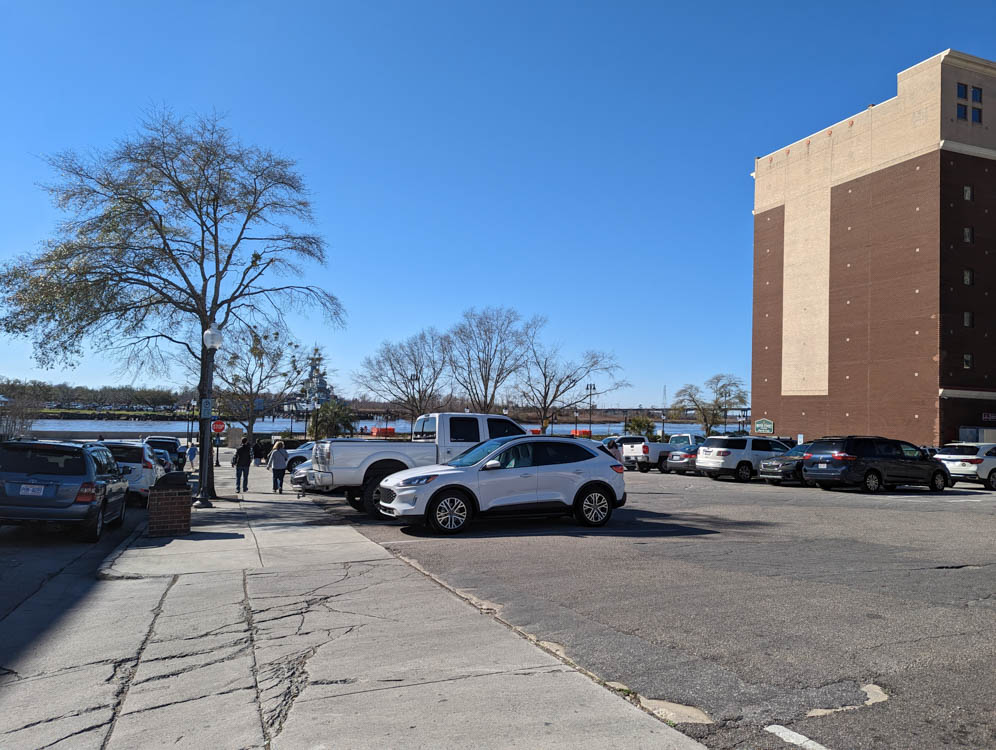
But, Wilmington had another paper. Believed to be the only daily black periodical in the state of North Carolina, The Daily Record of Alex Manly submitted a rebuttal to these ideas. Alex Manly writes that black men and women can have consensual relationships on August 18, 1898. This incensed white people in North Carolina – and specifically in Wilmington – as the white press reprinted it over and over. A group of white men known as the Secret Nine put groups of white vigilantes and committees throughout Wilmington neighborhoods to prepare for the election in November and the purported “black uprising” as told to the press by the Postmaster Chadbourne (this was a lie to protect himself since he’d put black men in positions at the post office.)
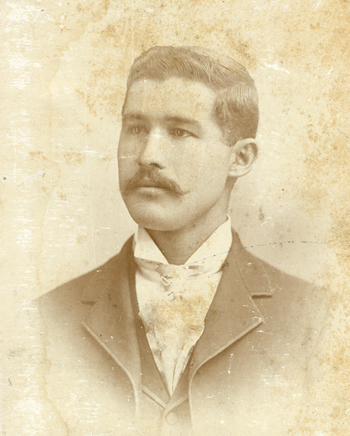
The Messenger also printed the names from a handbill that had been going around the city. The original handbill didn’t name anyone in particular, but simply said “Remember the 6” as a way of identifying white men in positions of power that were branded traitors to the cause of white supremacy.
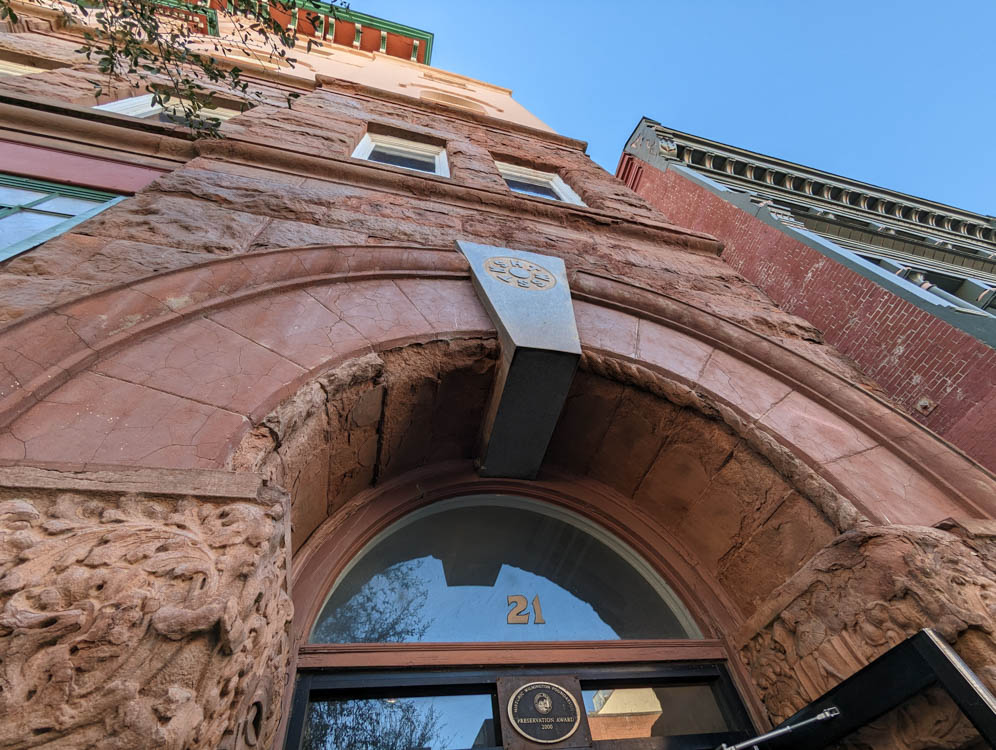
There are far too many players for me to tell you all their stories, but one name you need to know is that of former Confederate Colonel Alfred Moore Waddell. He delivers a speech at Thalian Hall on October 24, 1898 that supported white supremacy with violence, stating that “negro domination shall henceforth be only a shameful memory to us, and an everlasting warning to those who shall ever again seek to revive it.” Waddell will be instrumental in the violence on November 10, 1898 and after.

After this speech, white supremacists known as Red Shirts (later they join the Ku Klux Klan) met to hold a rally in preparation for November 8, 1898 – election day. Many men had come back from the Spanish American War and were still under the charge of the federal government until November 18. They had weapons and access to the Light Infantry Armory on Market Street.
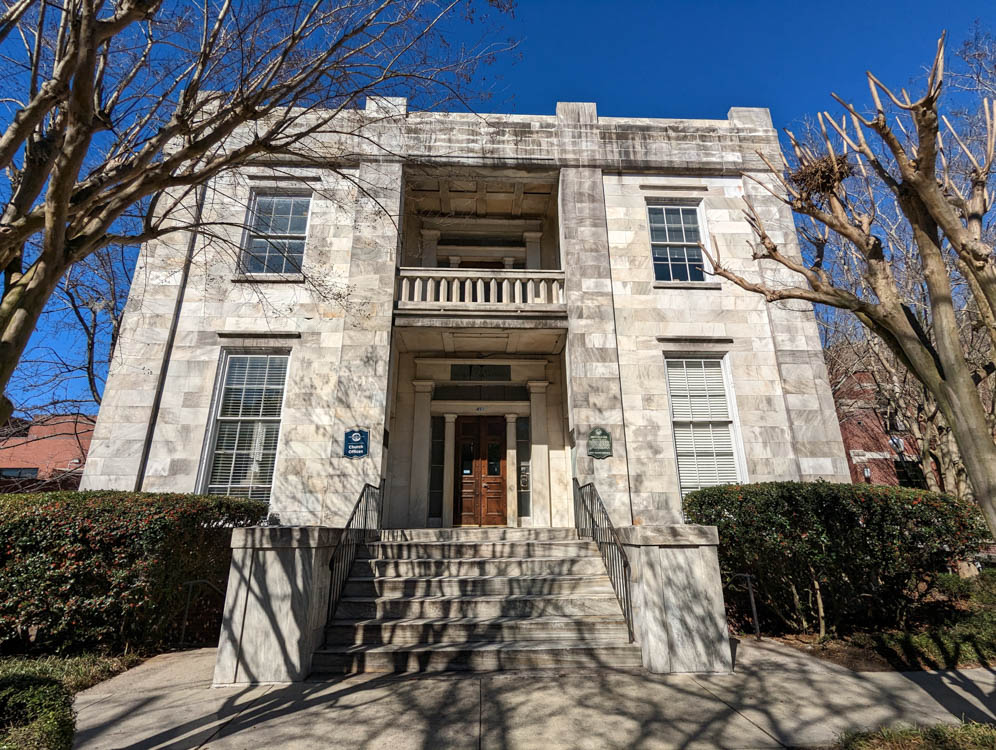
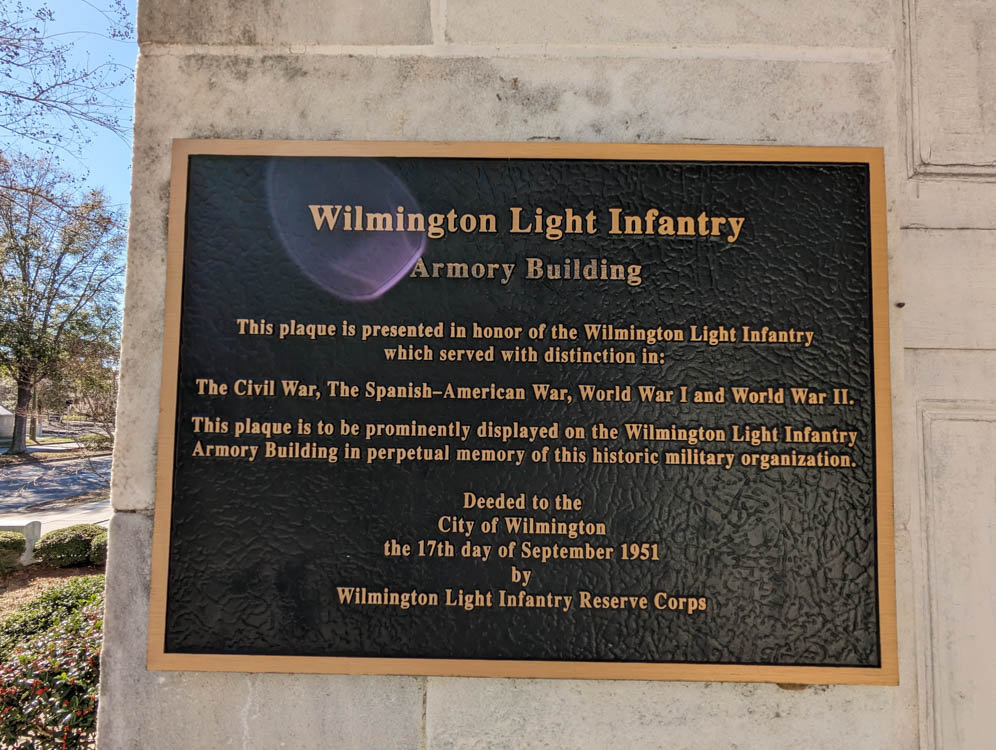
While the primary goal was to remove black men from positions of power during the election through voter intimidation or violence after the fact, it was also to restore white supremacy to the entire city which has a large, growing black middle class. They drew up a list of 50 black and white men who were to be banned from Wilmington forever.
At the top of this list is, of course, Alex Manly. Waddell had a Committee of Colored Citizens drawn up of ~30 prominent black community members. He instructed them that he needed, in writing, by 7:30 the next morning that the Committee of Colored Citizens would use their influence to make the White Declaration of Independence the way of life in Wilmington, NC. They wrote that they would, and that Manly had already left and stopped publication of The Daily Record. Waddell made it sound as if the Committee could avoid violence and bloodshed the next day by providing this written declaration, but that was a lie. There would be violence no matter what.
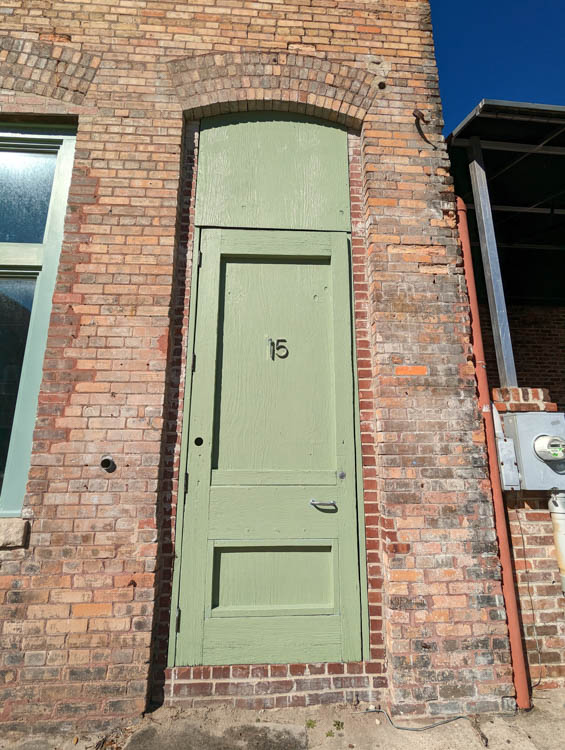
Manly and his brother fled sometime between November 8-9, 1898. There was a lynching party planning to kill Manly on the 9th. But after finding out that he’d left, on November 10th a large group of Red Shirts and other white men stop at the Light Infantry Armory and march through the streets of Wilmington arriving around 9am at The Daily Record where they burn the building to the ground. Meanwhile, Manly and others are escaping by train and other means while other black men and women around the city are terrorized at work and home.

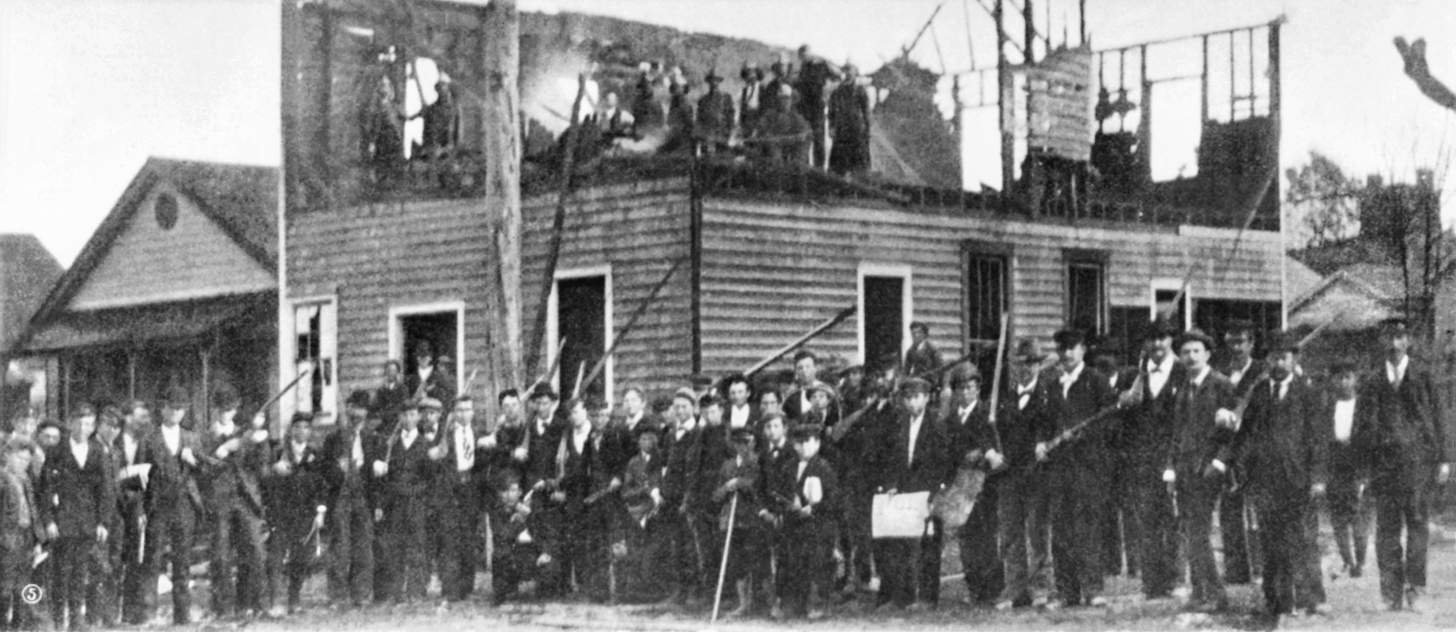
One example is the story of Jim Reeves, a black man who was well liked by James Sprunt, owner of the Cotton Compress, who asked white supervisors to help him get home safely. He hid in cotton pile until he felt safe enough to try and get home. He was stopped by two white boys around 15 years old wielding guns. They terrified him but he managed to get away. He made it to his home and locked himself inside with hardly any food or water for 3 days. On the 4th day, he left Wilmington.
Meanwhile, Alfred Moore Waddell who delivered that speech on October 24, 1898? He becomes Mayor of Wilmington. He receives letters of congratulations from white people across the country.
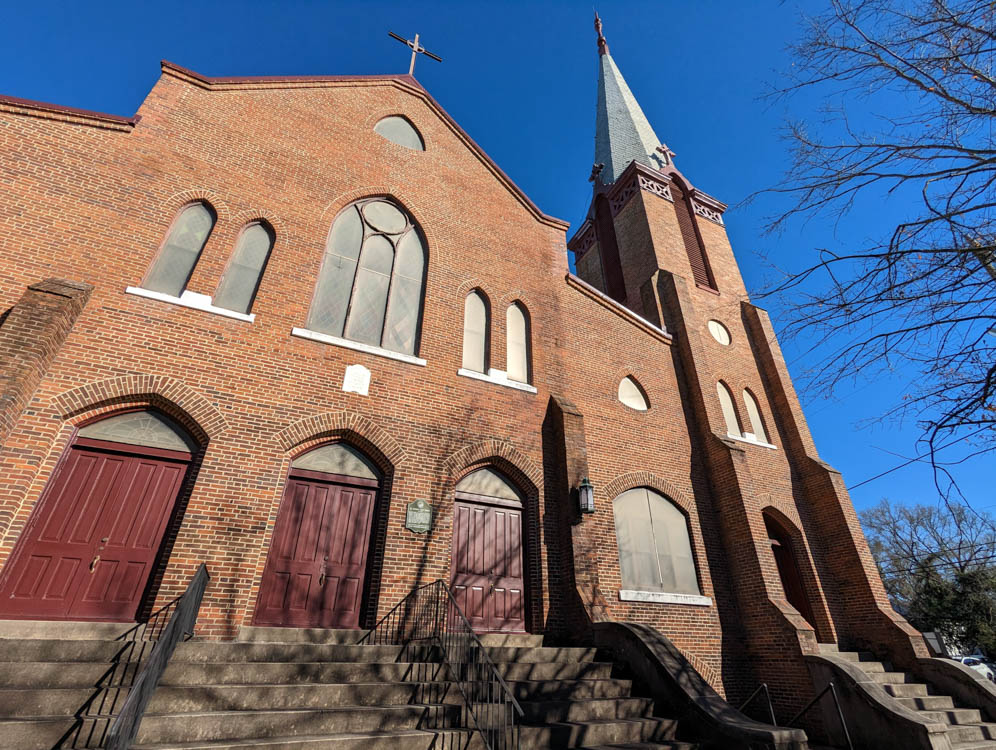
Throughout the day, the black community was terrorized leaving 23 black men dead (there are likely more but they are unnamed), more wounded and hundreds of black men, women and children hiding in nearby swamps for days after the violence. But, those that “win” get to write history. The official word from that day is that “it was not a mob, it was simply the unanimous uprising of the white people against conditions that had become intolerable,” the [Morning] Star reported. And that continued to be the official historical record on the matter until 2006 when the Wilmington Race Riot Commission published their report.
There’s an 1898 Memorial Park. There are six paddles that are to symbolically represent water from spiritual beliefs and for the Cape Fear River that runs along Wilmington.
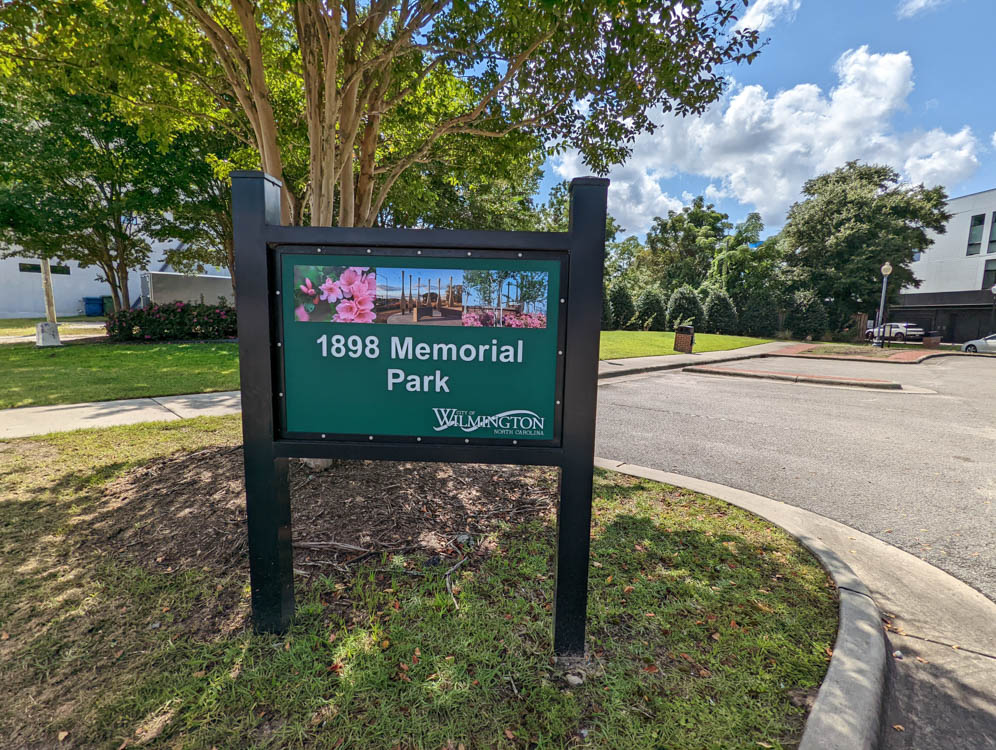


This year is the 125th anniversary of this dark event – the Wilmington Coup. I hope this brief history of what happened in Wilmington in 1898 will give you a better understanding of another unknown part of American history and that you’ll spread the word about it as you begin to see more articles and content shared about it during this year.
Resources
As you’ve seen from the photos throughout the post, most of the physical buildings from the coup are gone, but you can still find locations on this interactive map which include history and sites overlaid on a modern map of Wilmington.
These are the GPS coordinates for the major sites:
- Red Shirts Rally
- The Daily Record
- Light Infantry Armory
- Historic Thalian Hall
- David Jacob’s Barber Shop
- The Messenger
- The Wilmington Morning Star
- The Cotton Compress
- St. Stephen AME Church
- 1898 Memorial Park
Book – Wilmington’s Lie (our affiliate link)
[…] explains, briefly, enslavement, the Civil War, reconstruction and leads into the time of the Jim Crow laws that were passed in states to restrict the freedoms of […]